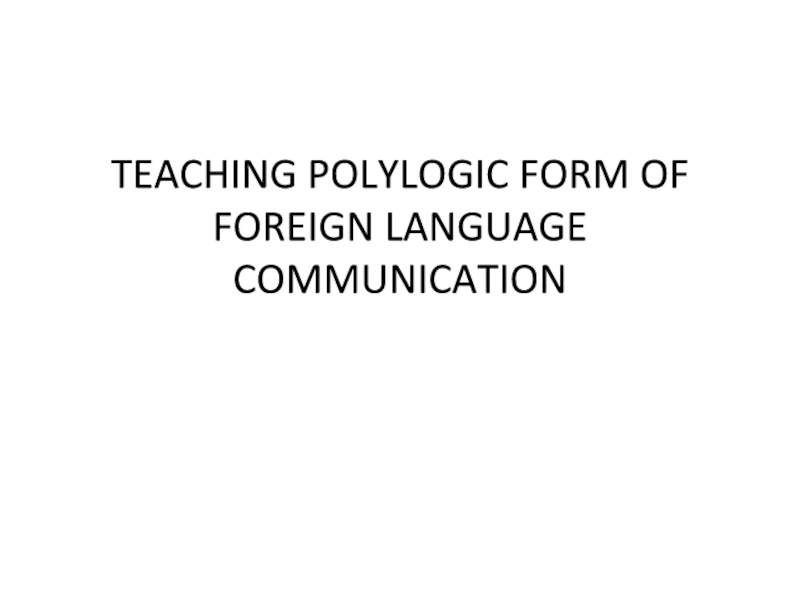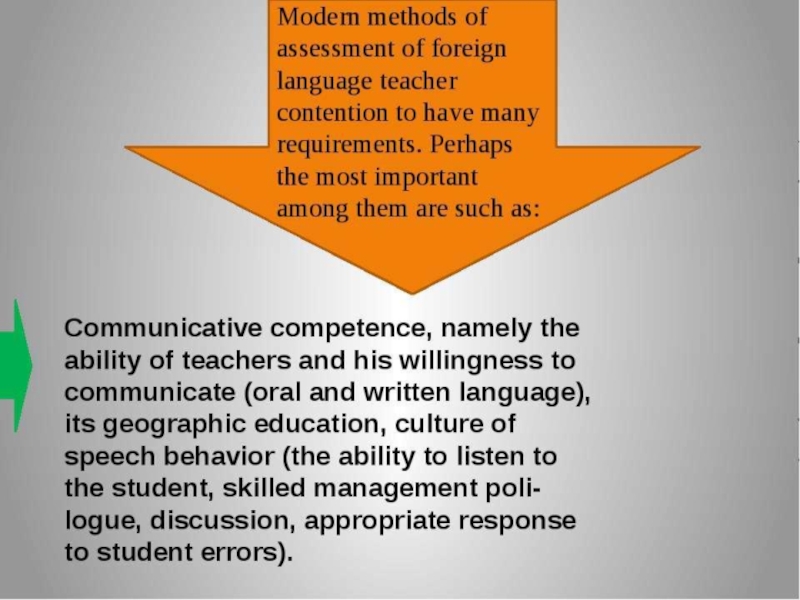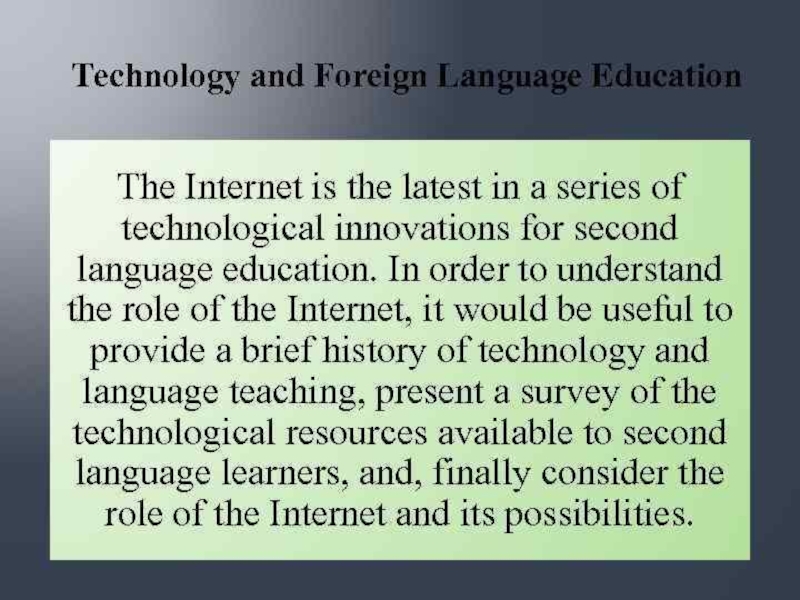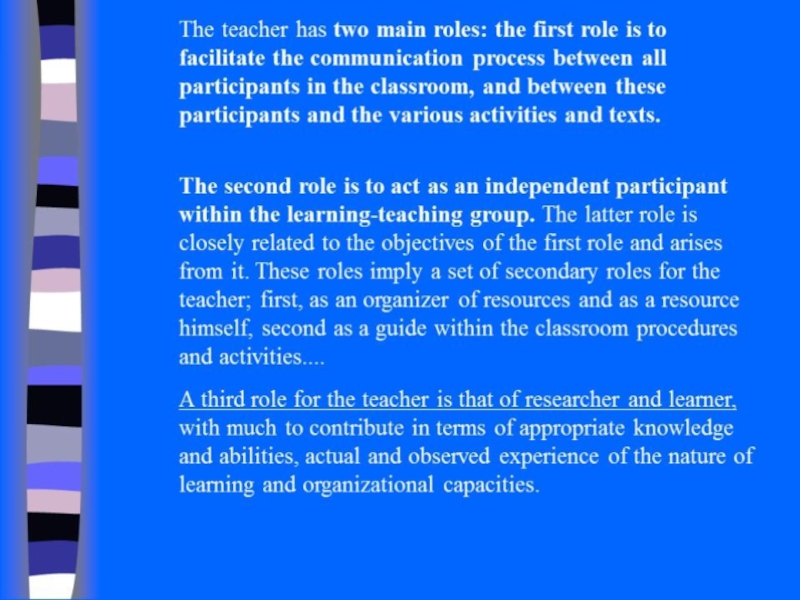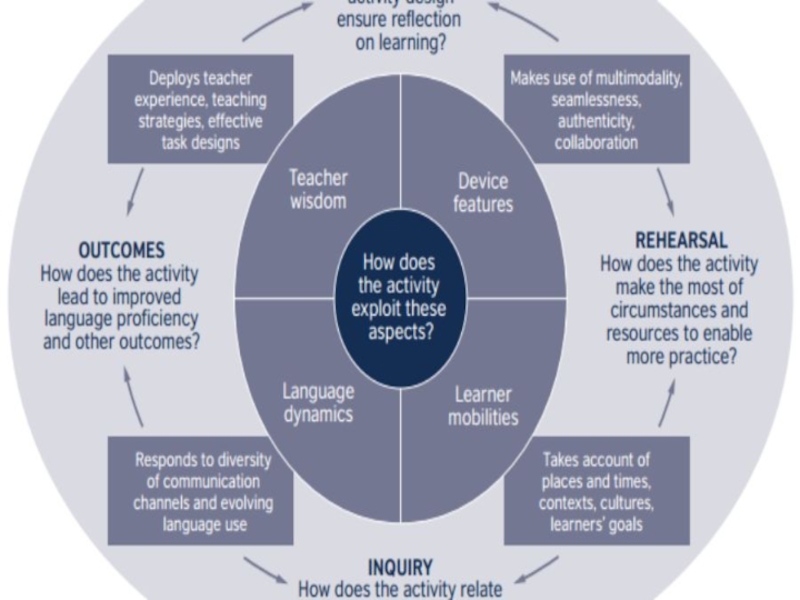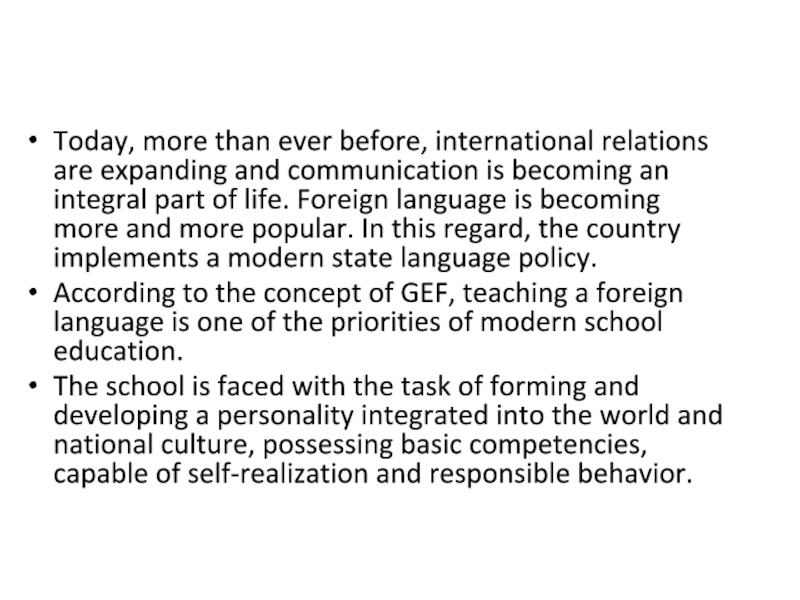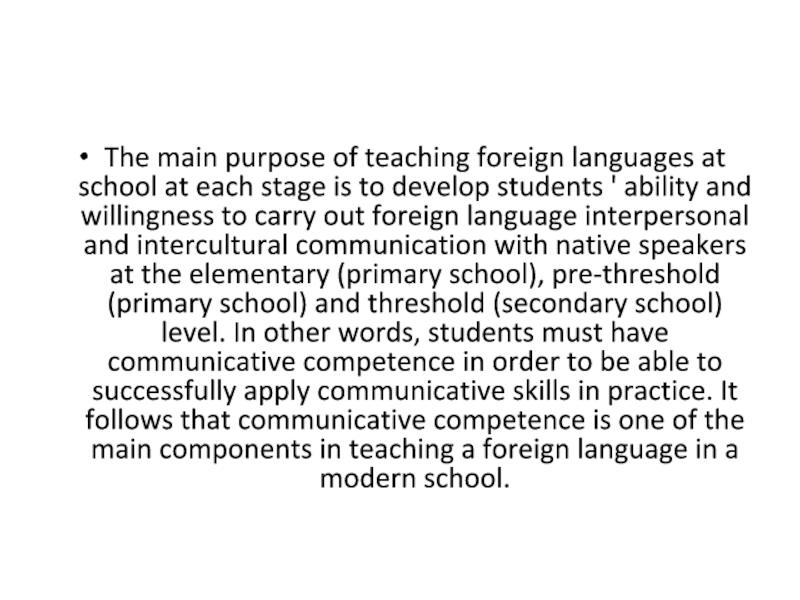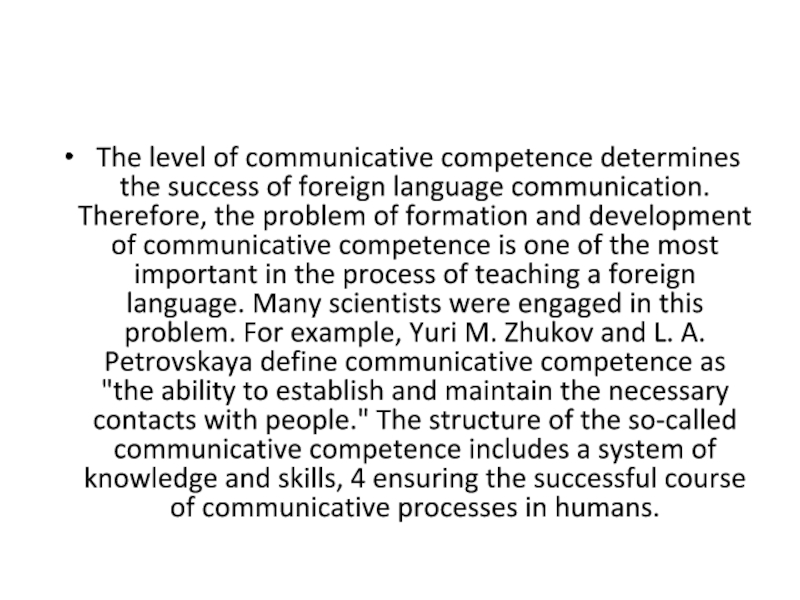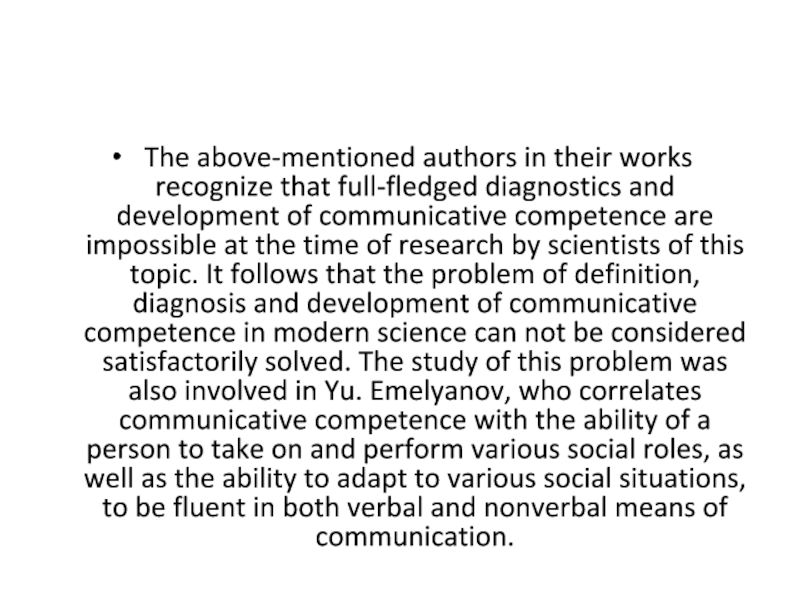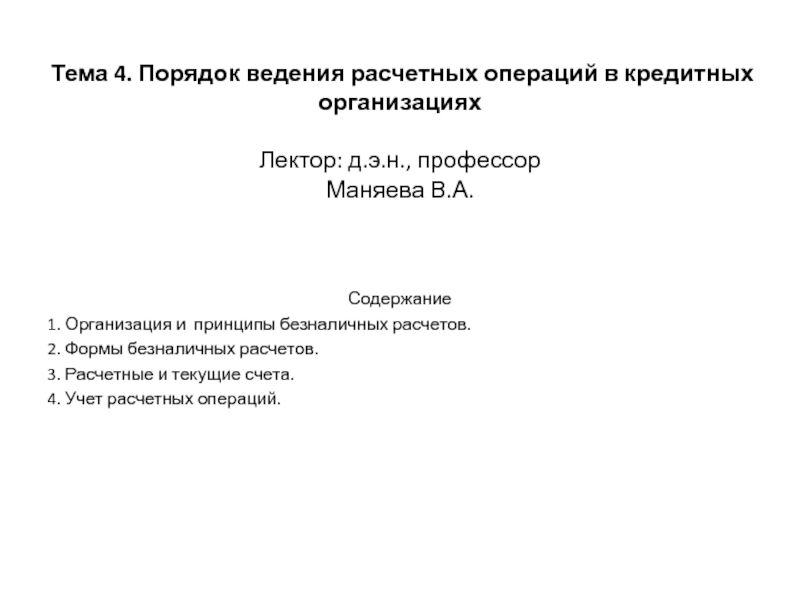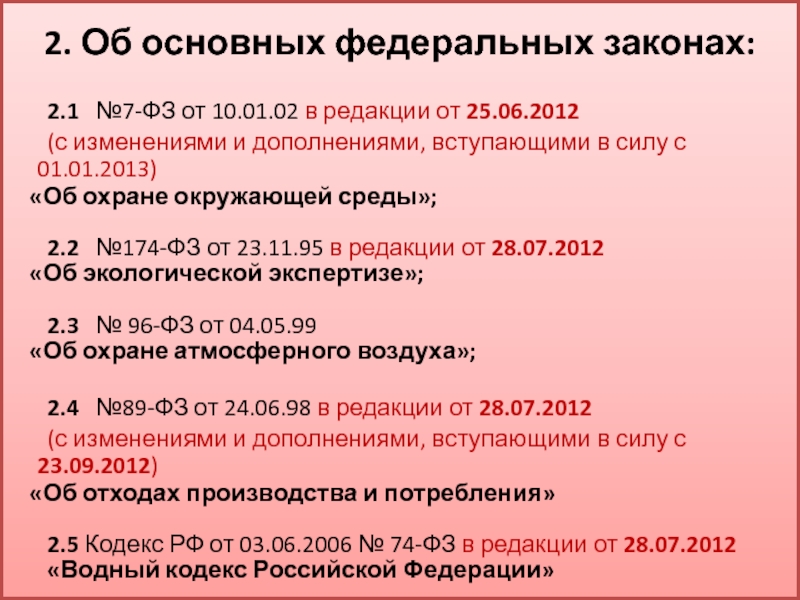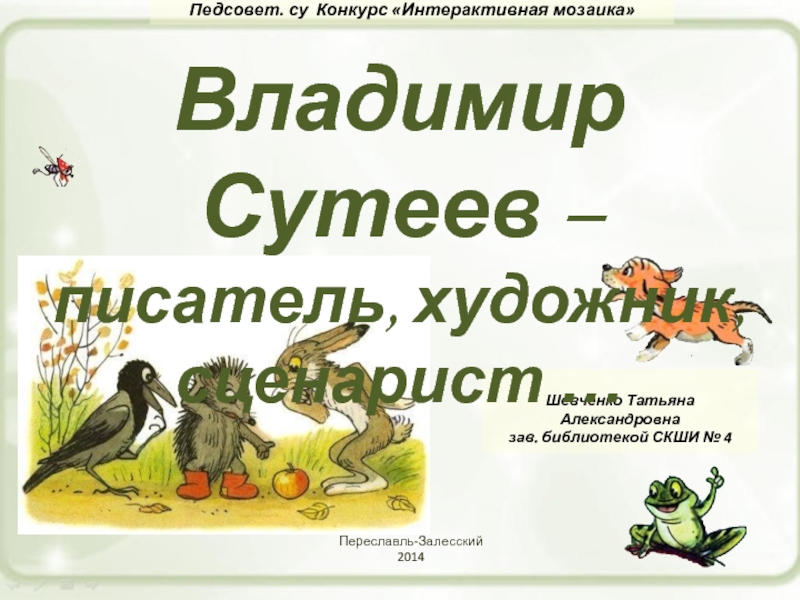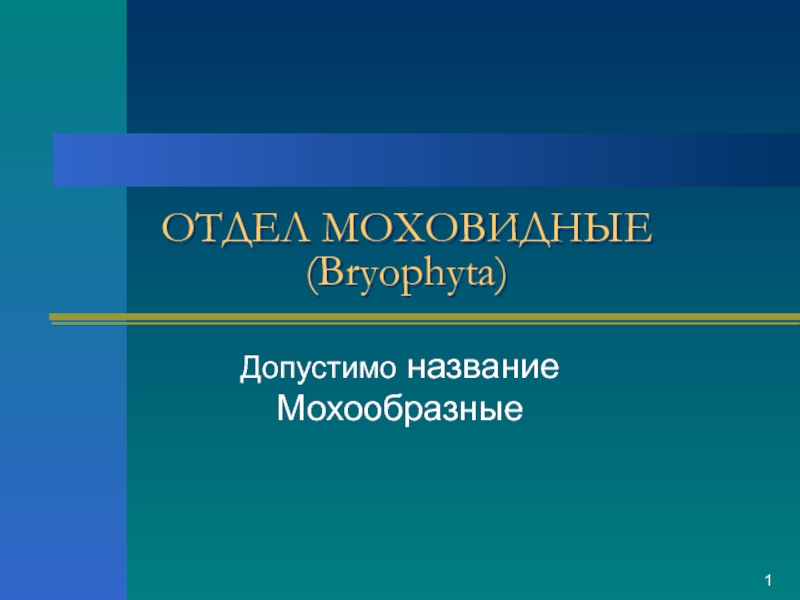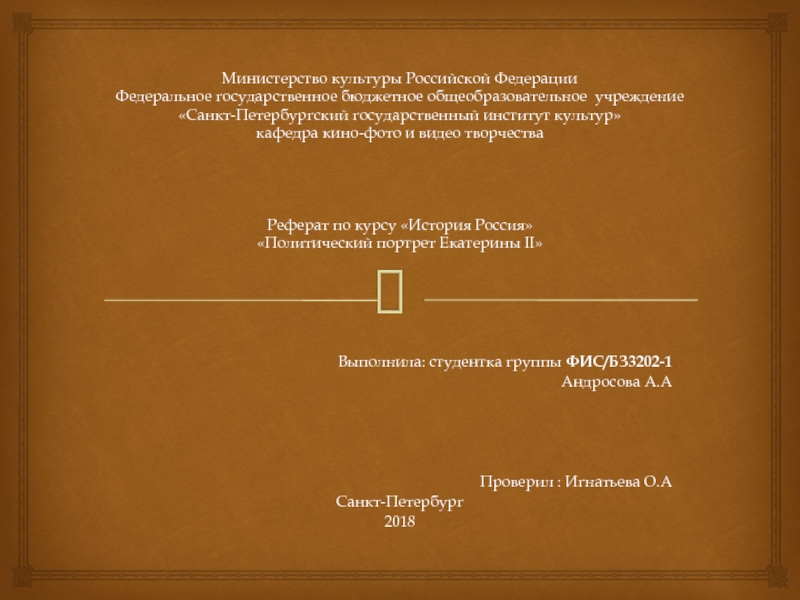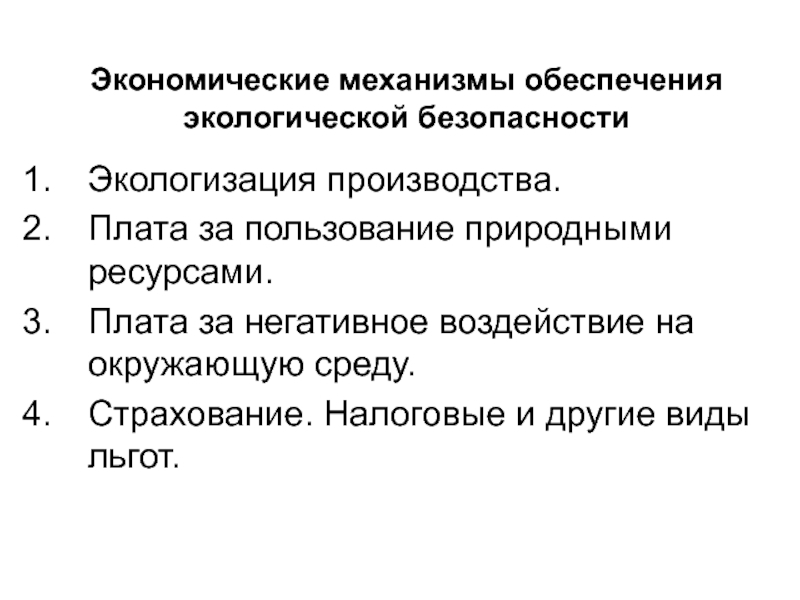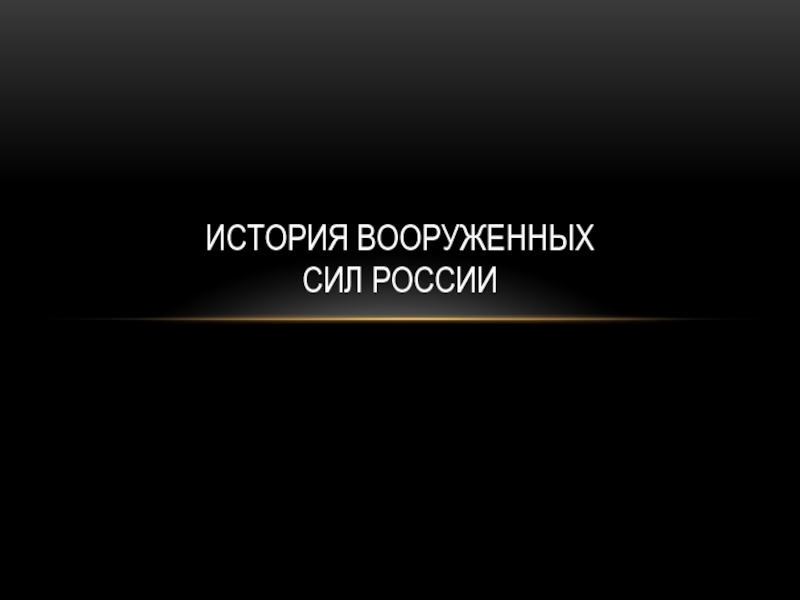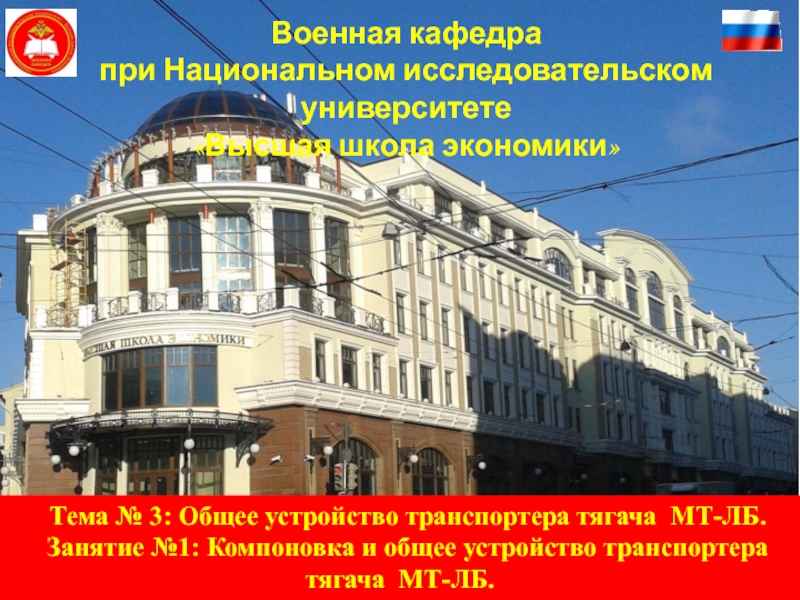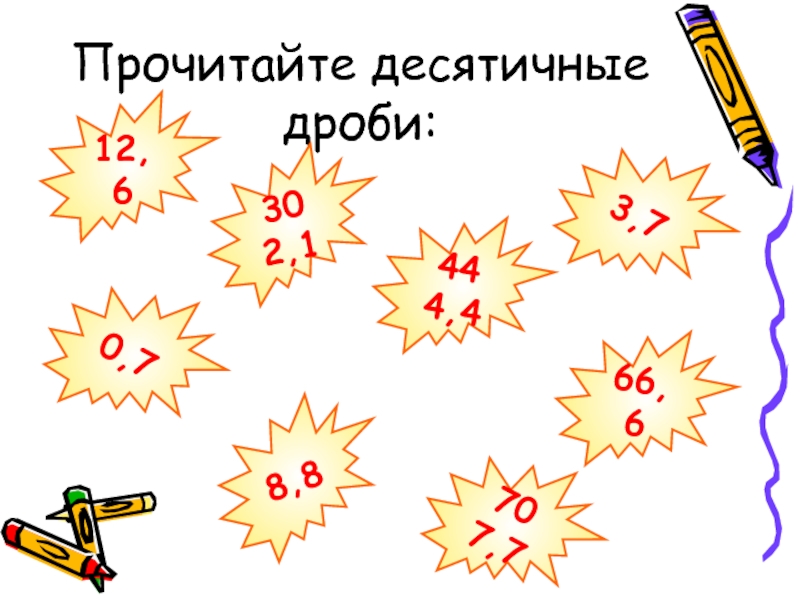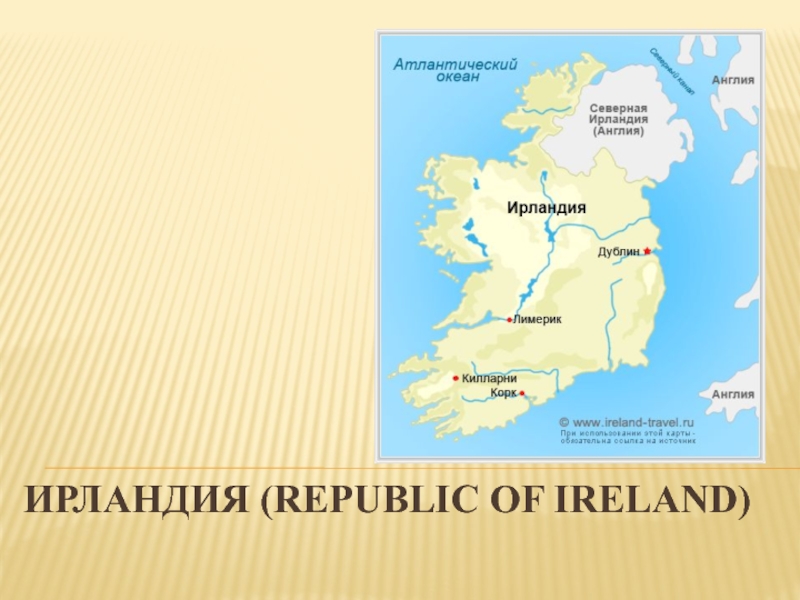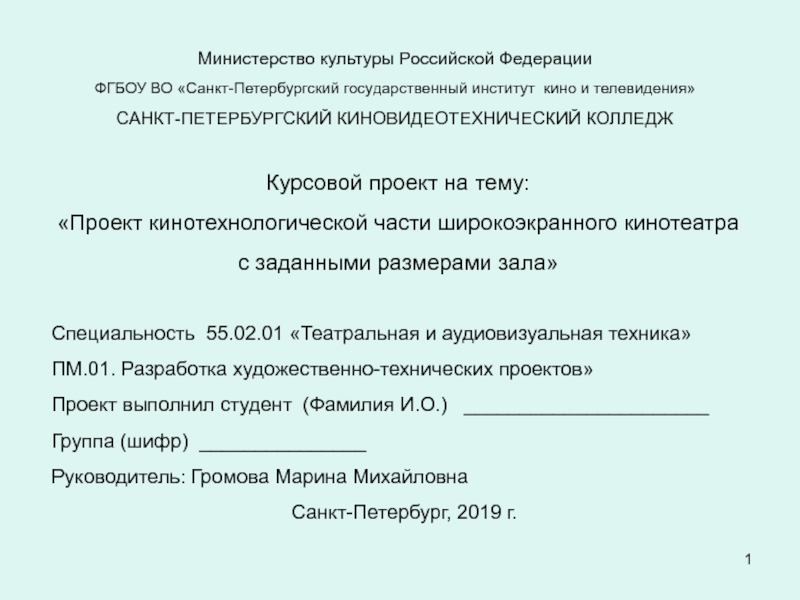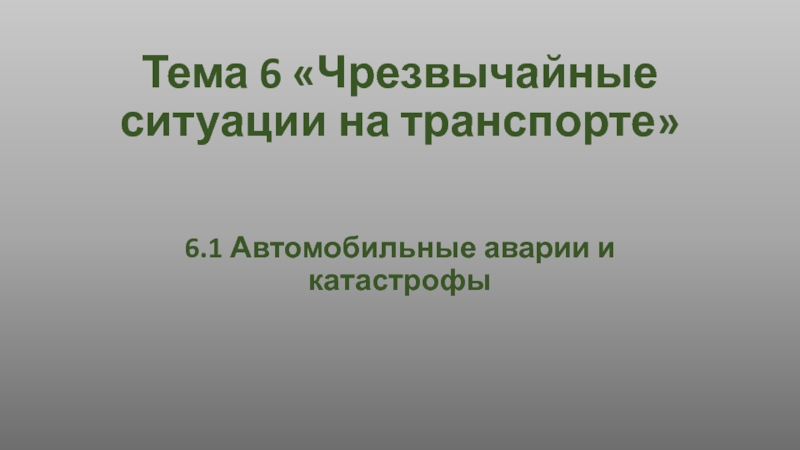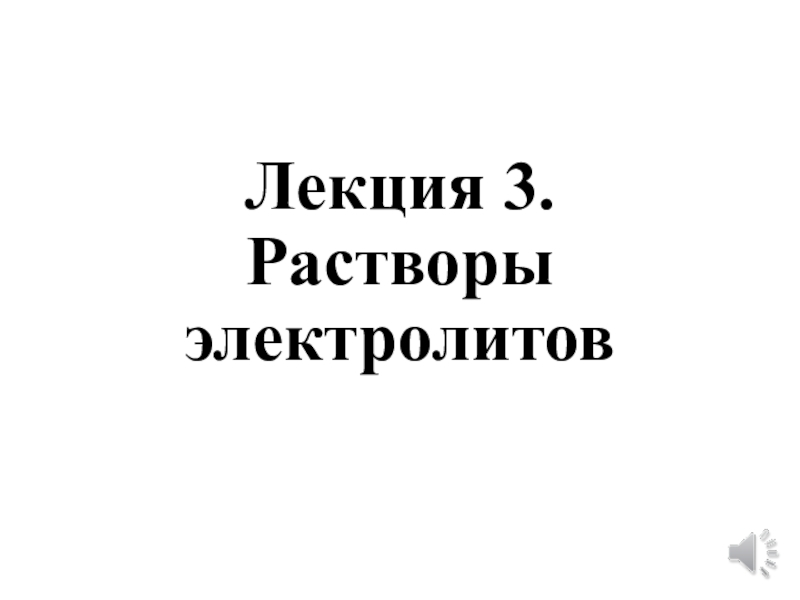Разделы презентаций
- Разное
- Английский язык
- Астрономия
- Алгебра
- Биология
- География
- Геометрия
- Детские презентации
- Информатика
- История
- Литература
- Математика
- Медицина
- Менеджмент
- Музыка
- МХК
- Немецкий язык
- ОБЖ
- Обществознание
- Окружающий мир
- Педагогика
- Русский язык
- Технология
- Физика
- Философия
- Химия
- Шаблоны, картинки для презентаций
- Экология
- Экономика
- Юриспруденция
TEACHING POLYLOGIC FORM OF FOREIGN LANGUAGE COMMUNICATION
Содержание
- 1. TEACHING POLYLOGIC FORM OF FOREIGN LANGUAGE COMMUNICATION
- 2. INTRODUCTION Modern society seeks to educate people
- 3. The concept of socio-cultural competence According to
- 4. The ability and readiness of students to
- 5. The authors of the research devoted to
- 6. Today, more than ever before, international relations
- 7. The main purpose of teaching foreign languages
- 8. The level of communicative competence determines
- 9. The above-mentioned authors in their works
- 10. Thanks for watching
- 11. Скачать презентанцию
INTRODUCTION Modern society seeks to educate people with humanistic thinking, sharing universal values. Learning a foreign language, in turn, is a means of developing practical skills of interaction with representatives of
Слайды и текст этой презентации
Слайд 3The concept of socio-cultural competence According to the GEF of
basic General education the main purpose of teaching a foreign
language is the formation of communicative competence of students. Communicative competence, in turn, includes linguistic, sociolinguistic, social, discursive and socio-cultural competence. Accordingly, in order to achieve the common goal, the teacher must develop in his students each of its components.Слайд 4The ability and readiness of students to carry out intercultural
communication and interpersonal communication with native speakers of a foreign
language depends not only on the knowledge of language units, the ability to logically build speech and solve speech problems, but also on the knowledge of culture, life, traditions, etc. of the country of the studied language. Language proficiency without knowledge of the cultural component will lead to the fact that a person will not be able to explain the verbal intentions of the interlocutor and the context of the statement, that is, catch only the meanings of words, but not the psychological, social and cultural implications.Слайд 5The authors of the research devoted to the problem of
formation of socio-cultural competence, as well as assessment of the
level of its formation, are such scientists as Safonova V. V., Sysoev P. V., Passov E. I., Solovova E. N., Ter-Minasova S. G., Zimnaya I. A., Sorokov G. V., Tarasyuk N. A. and others. All the authors agree that for the successful development of socio-cultural competence of students in foreign language lessons it is necessary to create a model of culture of a particular people, using as the main means of the work foreign language culture, its artifacts.Слайд 6Today, more than ever before, international relations are expanding and
communication is becoming an integral part of life. Foreign language
is becoming more and more popular. In this regard, the country implements a modern state language policy.According to the concept of GEF, teaching a foreign language is one of the priorities of modern school education.
The school is faced with the task of forming and developing a personality integrated into the world and national culture, possessing basic competencies, capable of self-realization and responsible behavior.
